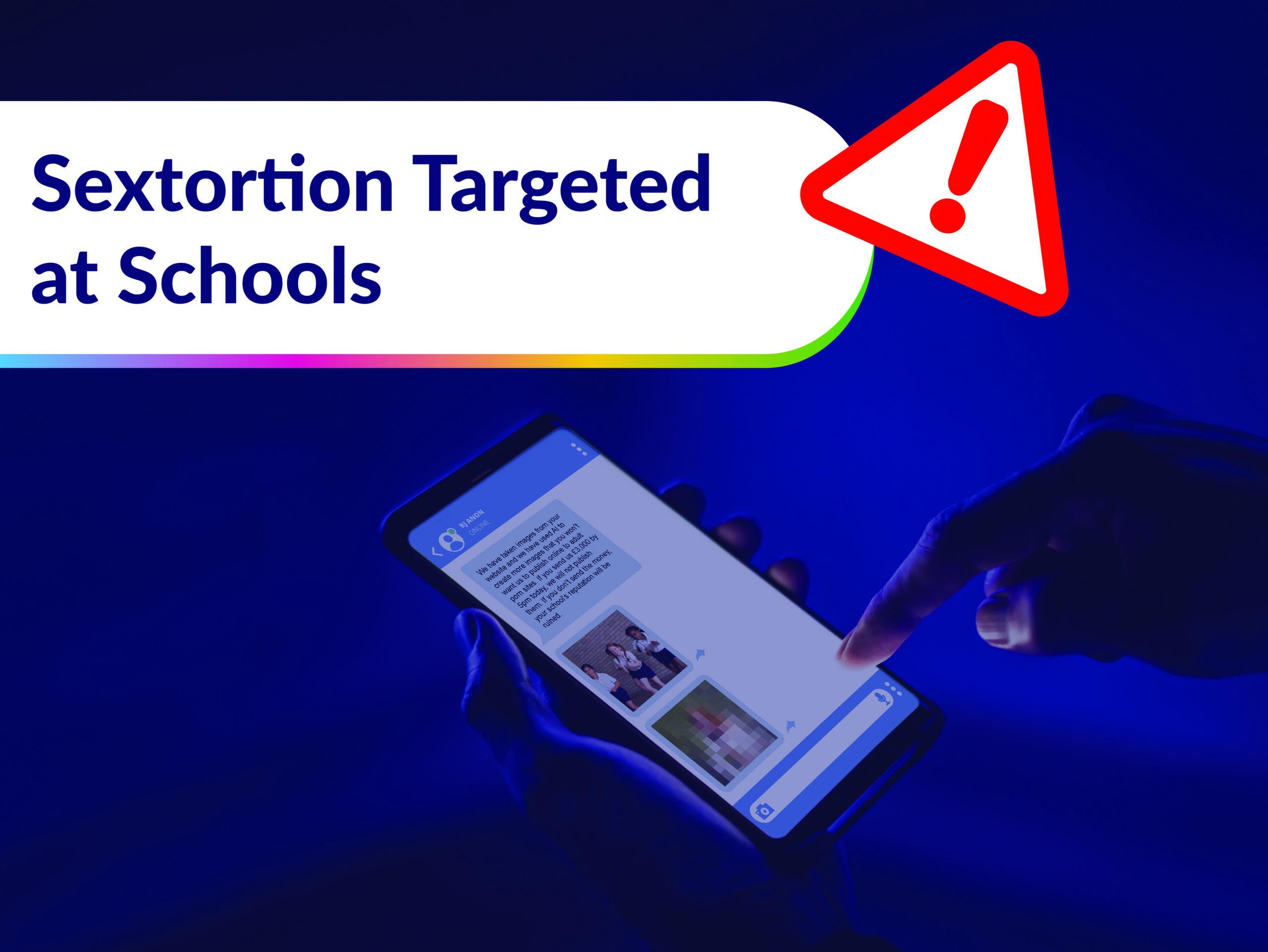Strengthening cybersecurity in Educational Institutions: Key Strategies for Safer Schools
In today’s increasingly digital world, educational institutions are becoming prime targets for cyberattacks.From universities to K-12 schools, the rapid integration of technology has exposed sensitive student records, critical learning infrastructures, and valuable research data to unprecedented risks. Strengthening cybersecurity in educational institutions is no longer optional—it’s a necessity to ensure a safe, secure, and uninterrupted learning surroundings.
Why Is Cybersecurity Vital for Schools?
Schools store a treasure trove of valuable data, including student and staff personal information, health records, exam results, and payroll details. A compromise in cybersecurity can lead to identity theft, data breaches, financial fraud, and a severe loss of trust. According to recent reports, cyberattacks on educational institutions have surged, making them one of the top sectors impacted by ransomware and phishing schemes globally.
Main Cybersecurity Threats facing Educational Organizations
- Phishing Attacks: Deceptive emails or messages designed to steal login credentials or install malware.
- Ransomware: Malicious software that encrypts files and demands payment for their release.
- Data Breaches: Unauthorized access to sensitive information, ofen sold or leaked.
- Weak Passwords: Easily guessed or reused credentials that open doors to attackers.
- Unsecured Networks: Poorly secured Wi-Fi and unpatched servers that can be exploited remotely.
Key Strategies to Strengthen Cybersecurity in Schools
effective cybersecurity in educational institutions requires a multi-layered approach. Here are essential strategies and best practices to help schools bolster their defenses against modern cyber threats:
1. Implement Comprehensive Cybersecurity Policies
- Establish clear cybersecurity policies that define acceptable use, password requirements, data handling, and incident response procedures.
- Regularly update policies to address emerging threats and changes in technology.
- Communicate policies with all stakeholders: staff, students, parents, and partners.
2. Invest in staff and Student Cybersecurity Awareness Training
- Conduct regular training sessions about phishing, safe browsing, and identifying suspicious activities.
- Educate users on the importance of protecting personal and institutional data.
- Simulate phishing scenarios to improve real-world vigilance.
3. strengthen User Authentication
- Enforce strong password policies and encourage the use of passphrases.
- implement multi-factor authentication (MFA) on all critical systems including learning management systems (LMS),email,and admin portals.
- Regularly prompt password changes and discourage sharing credentials.
4. Secure Networks and Devices
- Ensure Wi-Fi networks are protected with WPA3 encryption and hidden SSIDs.
- Keep all software, operating systems, and devices (including BYOD equipment) updated with the latest security patches.
- Use endpoint protection software on every device accessing the school’s network.
- Segment networks to isolate sensitive data and critical operations from general traffic.
5. Prioritize Data Backup and Disaster Recovery
- Maintain regular, automated backups of institutional data in secure, offsite or cloud-based locations.
- Test recovery procedures periodically to ensure business continuity after incidents.
6.Monitor, Detect, and Respond to Threats
- deploy advanced monitoring tools that detect unusual activities and respond to potential cyber threats in real time.
- Establish a clear incident response plan for rapid containment and reporting of cybersecurity incidents.
Practical Tips for Schools to Boost Cybersecurity
- Encourage the use of reputable password managers for staff and students.
- Ensure school-owned devices are encrypted to protect stored data.
- Restrict administrative access and limit permissions to only what’s necessary.
- Routinely review security logs and audit trails for suspicious behavior.
- Work with cybersecurity professionals or managed service providers if needed.
benefits of Enhancing Cybersecurity in Educational institutions
- Protects Student Data: Keeps confidential information safe from unauthorized access.
- Ensures Academic Continuity: Prevents disruptive cyber incidents that impact learning.
- Builds Stakeholder trust: Demonstrates a commitment to safeguarding the community.
- Meets Compliance Requirements: Satisfies data protection laws and industry standards.
- Reduces Financial and Reputational Damage: Minimizes the fallout from breaches or ransomware.
Case Study: Cybersecurity Success Story in Education
Case Study: protecting a School District from Ransomware
In 2023, a large urban school district in Texas proactively overhauled its cybersecurity framework after a neighboring district suffered a high-profile ransomware attack. By adopting multi-factor authentication, segmenting its network, and rollout out cybersecurity awareness workshops for both students and faculty, the district thwarted several attempted data breaches in the following year. Administrators cited increased reporting of phishing emails and a dramatic reduction in IT support incidents—highlighting the direct impact of a holistic cybersecurity strategy.
First-Hand Experience: Voices from the Field
Jane R., an IT director at a Midwestern high school, shares:
“After we introduced regular cybersecurity training and two-factor authentication, we saw a huge drop in prosperous phishing attempts. Our staff and students became much more vigilant, and our network has been safer. It’s clear—cybersecurity isn’t just an IT issue; it’s everyone’s responsibility.”
Looking Ahead: The Future of School Cybersecurity
As technology evolves, so do the tactics of cybercriminals. Schools must stay agile and proactive, continually reviewing and updating their cybersecurity practices. Integrating artificial intelligence-powered threat detection, promoting digital citizenship, and involving the entire school community are vital for the long-term safety of educational environments.
Conclusion
With the digital conversion of education, safeguarding schools from cyber threats is more crucial than ever. By implementing strong cybersecurity policies, fostering awareness, securing networks, and preparing for incidents, educational institutions can create safer digital environments where students and staff can focus on what truly matters—learning and teaching. Remember, a culture of cybersecurity is the cornerstone of every successful and resilient school.

